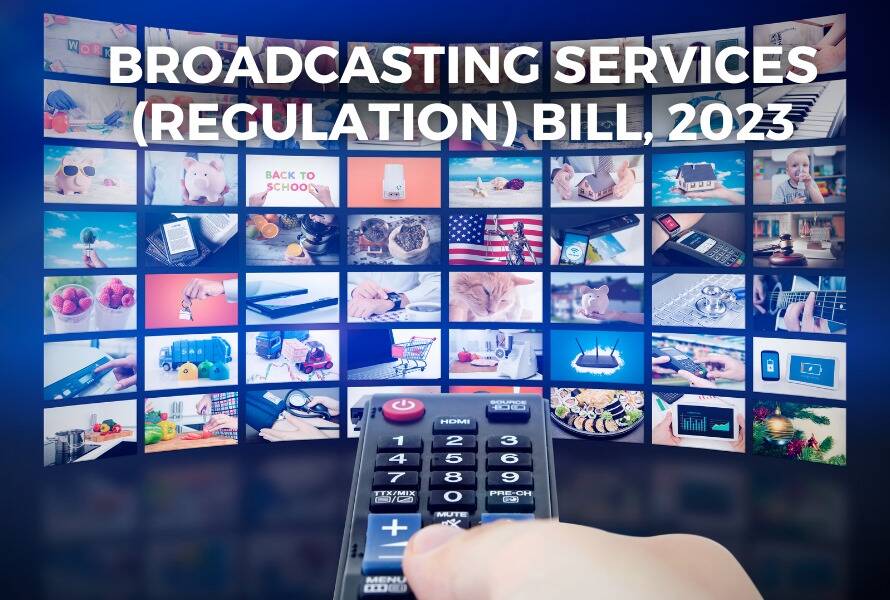Making Cinema Accessible to all
By Tanya Gupta, Senior Associate, and Prachiti Joshi, Associate
The Government through the Ministry of Information and Broadcasting has recently released draft guidelines (“Guidelines”), and solicited comments from the general public thereon, to ensure that people with visual and hearing impairment have improved access to experience public exhibition of films. Notably, the Central Board of Film Certification (“CBFC”) came out with an expression of interest last year to make digital exploitation platforms better accessible to people with disabilities, not long after the Delhi High Court passed an order directing for the OTT release of the film ‘Pathaan’ to have closed captioning, audio description and subtitles in Hindi language. While the Indian Government had introduced an act in 1995 addressing equal opportunities, participation and protection of rights of persons with disabilities and had replaced it with an updated version vide the Rights of Persons With Disabilities Act, 2016 (“Act”) to ensure compliance with the United Nations Convention on the Rights of Persons with Disabilities (UNCRPD), the release of these Guidelines entails an attempt to implement provisions of the Act in practice, especially to acknowledge the growing need to make cinema-going experience available to all.
The Guidelines apply to feature films certified by the CBFC and having a minimum duration of 72 minutes; and address the following salient features :
| (i) Objectives |
- Ensuring fundamental freedom to all, including persons with disabilities
- Eliminating discrimination against persons with disabilities
- Identifying barriers that restrict accessibility and addressing them
- Implementing measures to help persons with disabilities experience public exhibition of films
|
| (ii) Modes of providing Accessibility Features |
- Provisions in the film as well as trailers/teasers for open captioning (OC), closed captioning (CC),
audio description (AD), and Indian Sign Language (ISL) to be made by the producers. Producers must
deliver to CBFC certification an original set of film and one bearing the accessibility features.
- OC means captions that form part of the film and cannot be turned off, and no steps are required to be
taken to turn them off.
- AD allows non-audio dialogues and sound representations of the film to be made available on the screen
on-demand, via on-screen text synchronized with the audio.
- AD means the auditory narration of the visual description of the film, provided during gaps in the
dialogues for viewers with visual impairment.
- ISL interpretation refers to the translated version of the film audio to be conveyed in sign language by
an interpreter for viewers with visual impairment.
- Provisioning for dedicated shows for hearing-impaired ‘visually-impaired audience’.
|
| (iii) Standards of Accessibility Features |
- Captions must appear as white text on a black background; must match with the dialogues spoken in the
film; must also convey the background music and sounds for comprehensive experience; must be
grammatically accurate and free from spelling errors, and be displayed at a speed that can be read by
viewers. Positioning of captions must not block visual content or overlap or extend beyond the edge of
the screen. Mixed case should not be used for captions; for emphasizing, bold to be used instead of
italics.
- AD must be concise and made to fit the timing of dialogue delivery without causing distractions.
- For implementation of ISL, the interpretation must be provided in a picture-in-picture mode, in an
accurate and synchronized manner, conveying a clear message. Both hand gestures and facial expressions
must be made visible. Image of the interpreter to be superimposed in the original film at the bottom right
corner of the screen.
|
The Information Technology (Intermediary Guidelines and Digital Media Ethics Code) Rules, 2021 already require online curated content (including but not limited to feature films) to bear accessibility features such as subtitles, CC and AD. The introduction of the Guidelines is a welcome move, constituting an extension of similar mandates towards films certificated by the CBFC and subjected to theatrical exploitation. However, there may be some concerns associated with the practical implementation of the provisions. Some theatres may not have the infrastructure to allow installation of accessibility equipments such as AD-enabled seats, headphones, captioning mirrors, additional screens etc. within the premises as proposed in the Guidelines. Provisioning for dedicated shows for a hearing-impaired/visually-impaired audience could also constitute an operational difficulty. Furthermore, implementation of the Guidelines is likely to bring about a general rise in the cost of production and exploitation of films, caused inter-alia by creation of multiple versions of films, accommodating accessibility features within the films, hiring and shooting an ISL interpreter for incorporating sign language into the film, installation of new equipments at the theatres, scheduling dedicated shows, hiring and training theatre-staff to be adept at attending to customers with disabilities etc. This may be a challenge especially for regional film industries that often function with an already constrained budget. It will nevertheless be interesting to see how producers and exhibitors give effect to the terms in the near future.




